Get the most out of your meals with these proven nutrient-dense foods.
Have you been looking for a way to boost your overall nutrient intake without adding more bulk to your diet?
When you choose nutrient-dense foods, you’ll get more vitamins and nutrients per calorie. In this article, we’ll show you how to start using “nutrient density” as a guide for getting the most nutritional bang for your buck. First, here’s what nutrient density means and how you can use it to fill your nutrition gaps.
Do you struggle with bloating, gas, constipation, or other digestive issues? We’ve created a FREE guide to healing your gut naturally.
Click here to get your FREE copy of our Digestion Guide!
What is Nutrient Density?
Nutrient density is the concentration of essential nutrients that can be found in any single food.
Every food we eat is composed of macronutrients like protein, fat, and carbohydrates; and micronutrients, which include vitamins and minerals. We need sufficient amounts of both macro- and micronutrients to thrive.
Typically, food is considered nutrient dense by the number of nutrients it has relative to its calories. For example, leafy greens contain lots of vitamins and minerals, with only a small amount of calories per serving. However, some nutrient-dense foods are often left out of the “nutrient density” circle because they also happen to be high in saturated fat. Since we now understand that saturated fat isn’t “bad”, we can broaden our scope to look at some of the most nutrient-dense foods on the planet.
First, let’s look at why it’s so important to eat according to nutrient density.
The Benefits of Nutrient-Dense Foods
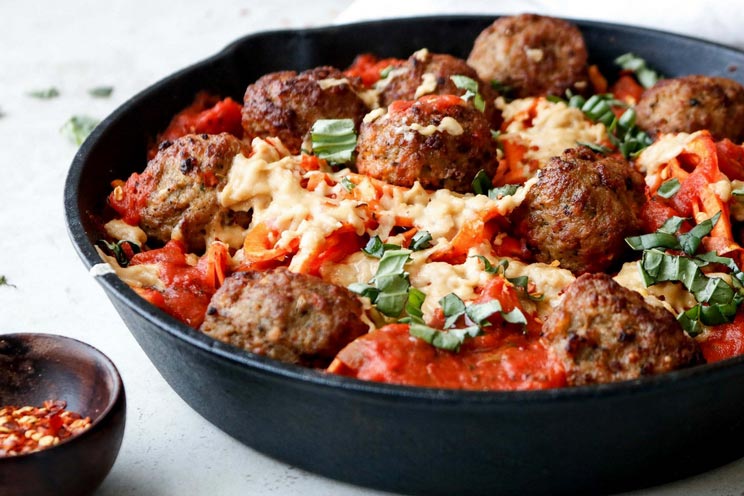
It may seem like a no-brainer: eating nutritious foods is important. Here are the top reasons why choosing the most nutrient-dense foods for your meals matters.
Fix Deficiencies
Nutrient deficiencies aren’t exactly uncommon in the U.S. Studies show that roughly one-third of Americans are low in at least one nutrient, like iron. (1)
This is likely because much of our population eats a Standard American Diet filled with processed foods that lack most essential nutrients.
Take, for instance, a common breakfast in many households: cereal or toast, with sugary fruit juice. These foods are made with mostly processed wheat flour and contain minimal nutrients. Instead, a nutrient-dense breakfast of eggs, fruit, and veggies contains lots of natural vitamins and minerals, including B vitamins, choline, protein and more.
Choosing a natural meal packed with a variety of healthy foods can help add in nutrients you wouldn’t get otherwise and decreases the risk of deficiencies.
Lower Caloric Intake
Foods like leafy greens and other veggies contain high amounts of vitamins and minerals while providing very few calories per serving.
However, even eating high-calorie nutrient-dense foods can result in eating fewer calories overall. Studies show that diets containing fewer nutrients and more processed foods are directly related to obesity, which in part comes from eating foods both low in nutrients and high in calories. (2)
Eating a more nutrient-dense diet will also help you feel less hungry, even when it’s lower in calories. (3) This is great news if you’re trying to lose weight.
Avoid Toxins
When you choose organic and nutrient-dense foods, you also remove a lot of toxins from your diet.
This is because most processed foods contain added chemicals and additives that are toxic to humans, such as MSG and BPA. These substances can harm your brain, reproductive and endocrine system, and more. (4, 5)
15 Nutrient-Dense Foods
Now, on to the fun part! Which foods are actually giving you the most nutrient bang for your buck?
1. Liver
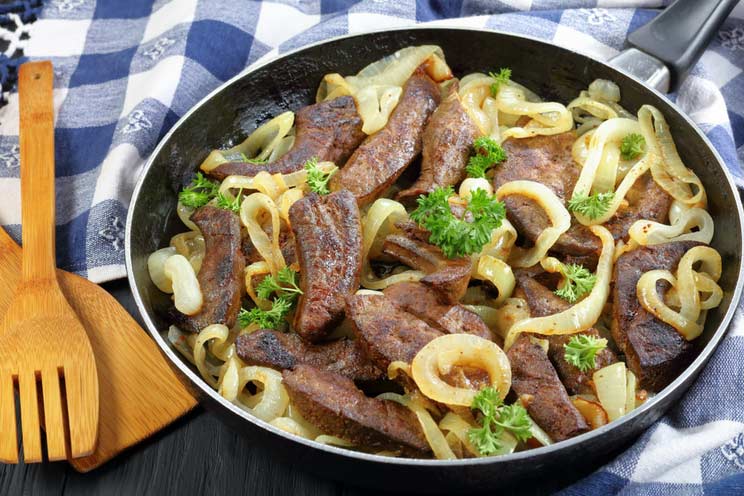
Organ meats are some of the most nutrient-dense foods you can consume, and liver is the best choice. A 3-4 ounce portion (roughly the size of your palm) contains iron, phosphorus, zinc, protein and over 100% of your daily value of vitamin B12, B2, and vitamin A and copper. (6)
Add grass fed liver to your diet two to three times per week to get a major nutrient boost.
2. Shellfish
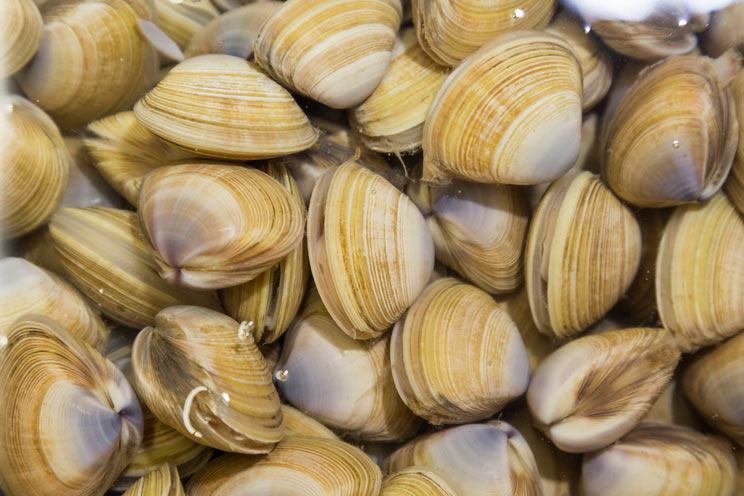
Shellfish like scallops, clams, and oysters are extremely nutritious with abundant amounts of vitamin B12, selenium, and iron. Oysters, in particular, are rich in minerals many of us lack, such as zinc, copper, and vitamin D. (7)
Aim to eat shellfish once a week. This Shrimp and Cauliflower “Grits” recipe is a great place to start – try adding different sorts of shellfish and enjoy!
3. Salmon
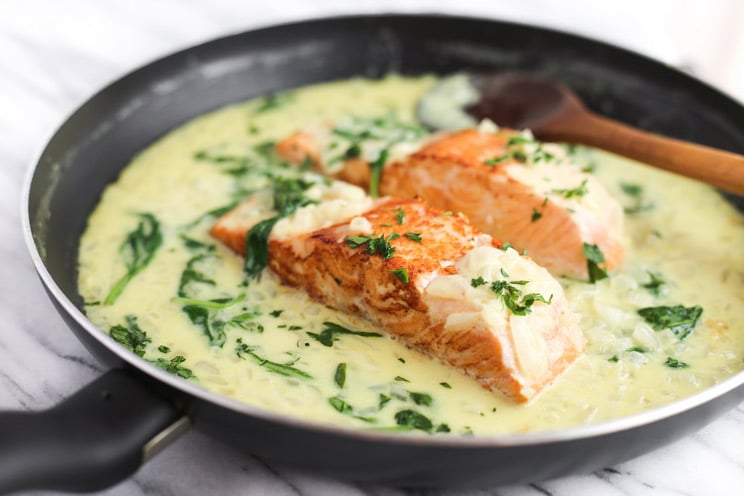
Buttery and decadent, it’s no surprise that salmon is rich in healthy fats. In fact, one small four-ounce portion of salmon contains nearly three grams of omega-3s and is rich in minerals like magnesium, selenium, potassium, and phosphorus. (8)
We love this easy, one-pan baked salmon dinner for two, or get creative and whip up these crunchy salmon croquettes!
4. Eggs
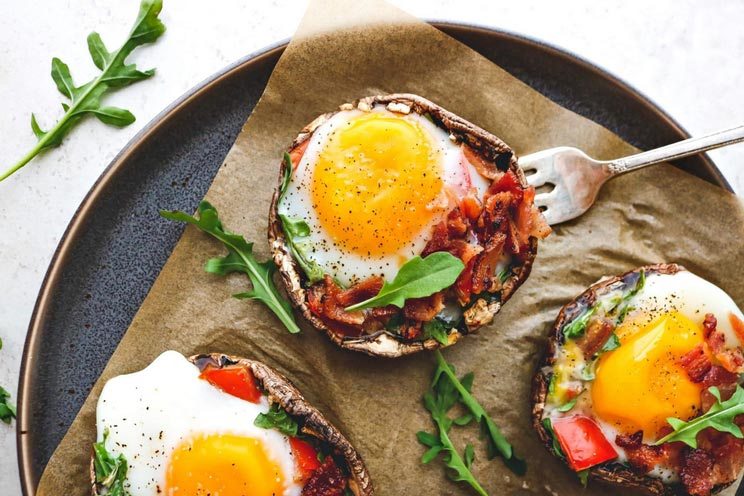
You probably already knew that eggs are rich in protein, but before you whip up that egg white omelet, listen up: you’re going to need the yolk, too.
Egg yolks have been bashed on for a long time due to their high cholesterol and saturated fat content. However, they are a great source of choline, a nutrient essential for brain health, and lutein and zeaxanthin, antioxidants that help protect your eyes. (9, 10)
There is no shortage of great Paleo egg recipes. Start every morning with puffy cloud eggs, bake eggs right into an avocado, or get a twofer with this salmon eggs benedict recipe.
5. Kale
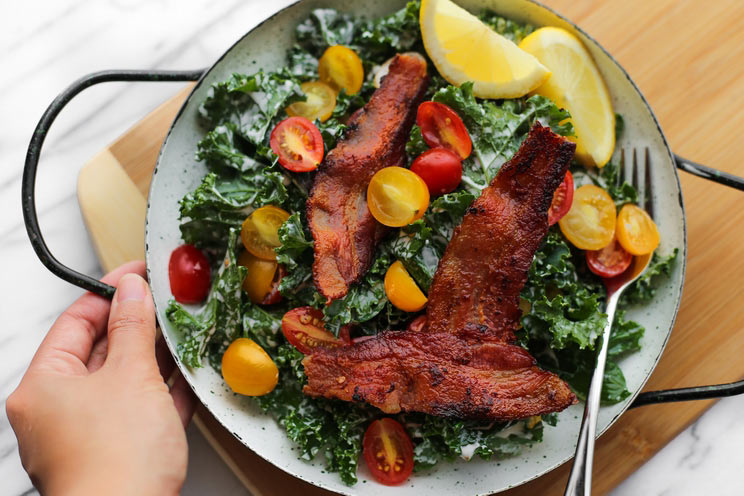
Kale is still considered to be the most nutrient-dense leafy green out there. It contains tons of antioxidants that help prevent aging, as well as an abundance of vitamins and minerals like vitamins A, C, K, copper, and manganese.
Aim to get one cup of kale in your diet a day. These 37 creative kale recipes are a great way to get started!
6. Seaweed
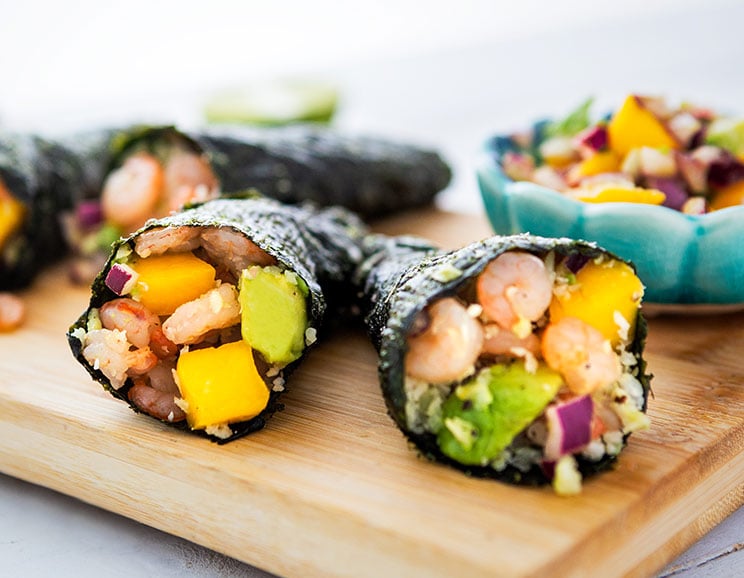
Seaweed is super nutrient dense, thanks to its abundance of antioxidants called carotenoids, which comes from mineral-rich seawater.
Along with magnesium, calcium, and iron, seaweed is filled with iodine, which is essential for helping your body produce the right amount of hormones. (11, 12)
You don’t have to snack on plain seaweed salads to get all the benefits (though you can do that, too). Make it a weekly habit to roll up these mango shrimp hand rolls or spicy tuna rolls for a quick and healthy snack.
7. Cacao
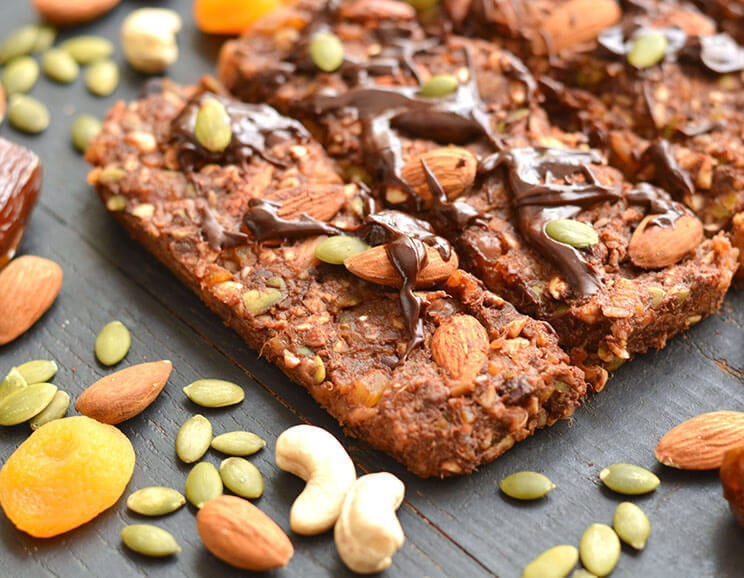
For a daily dose of cacao, try making these raw cacao energy bars for a quick breakfast, or sip on this decaf dandelion-cacao latte in the evening.
8. Avocado
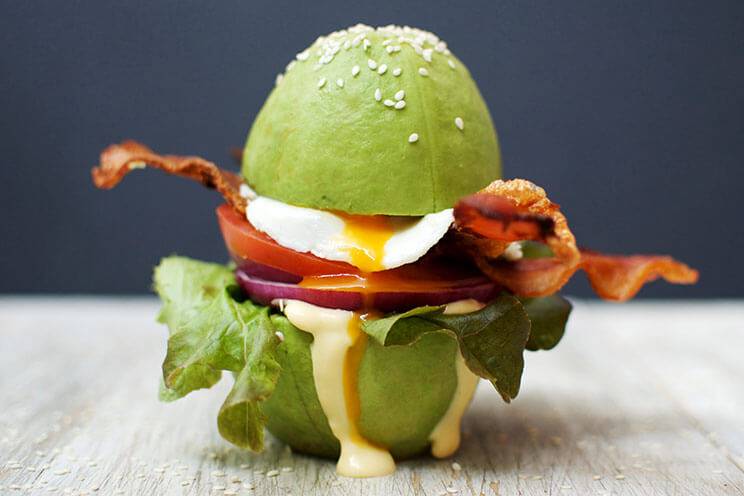
Try topping your salads with half an avocado, or craft up these easy baked avocados with egg.
9. Sardines
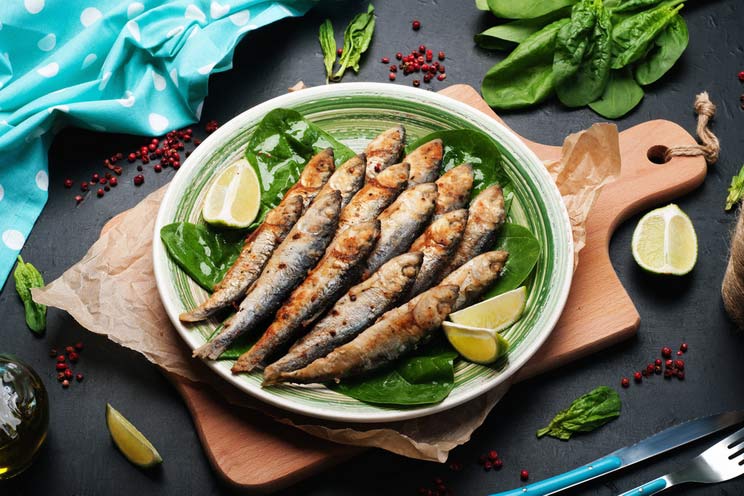
Sardines are nutrition powerhouses, providing ample amounts of important vitamins like vitamin B12, vitamin D (crucial if you don’t get a lot of sun), calcium, niacin, and iron, as well as important minerals like selenium. (17) They’re also loaded with omega-3 fatty acids, which are extremely important for preventing inflammation and a large number of diseases like diabetes. (18)
If eating sardines straight from the can doesn’t appeal to you, cook them into a savory dish like this Fisherman’s Eggs recipe.
10. Shiitake Mushrooms
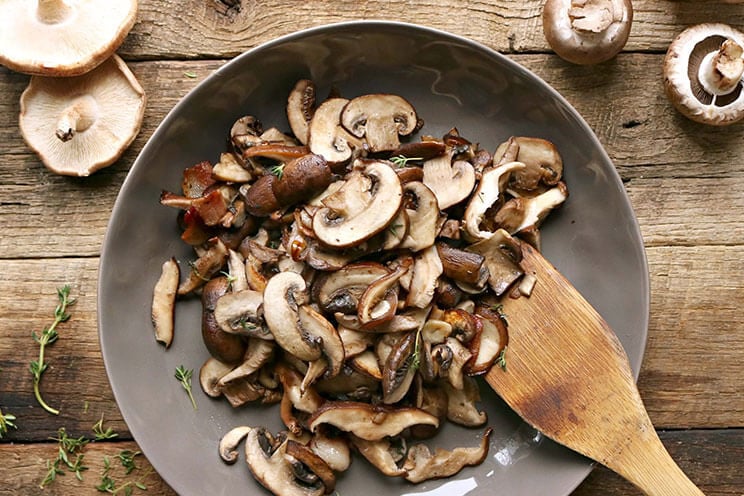
While most culinary mushrooms contain a plethora of nutrients, shiitake is one of the most nutrient dense. Shiitakes contain high doses of minerals like copper, manganese, selenium, and zinc, which can help fill mineral deficiencies. (19)
Shiitakes are easy to add to almost any side dish – just check out this sautéed bacon, mushrooms, and herbs recipe.
11. Spinach
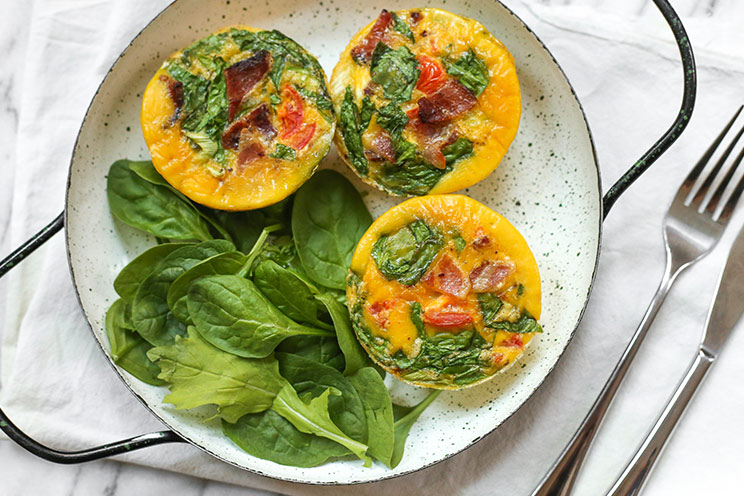
Spinach is king of the greens. This super veggie is loaded with vitamins, specifically vitamin K, A, and C. (20) In addition, it also contains abundant antioxidants that can help fight DNA damage and the signs of aging. (21)
Use spinach as a base for your salads or sauté it as a side with some olive oil and lemon juice.
12. Almonds
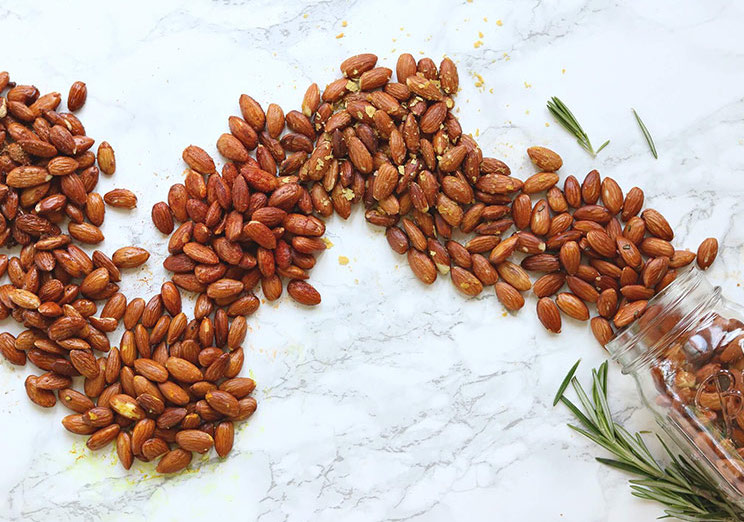
Looking for a quick snack that’s also nutrient rich? Almonds should be your go-to. They’re packed with vitamin E, magnesium, zinc, calcium, copper, potassium, and iron, as well as healthy fats that have protective effects on your heart. (22, 23)
Snack on simple roasted almonds, add them to your salads or try these almond flour pancakes for a nutrient-dense breakfast.
13. Grass-Fed Beef
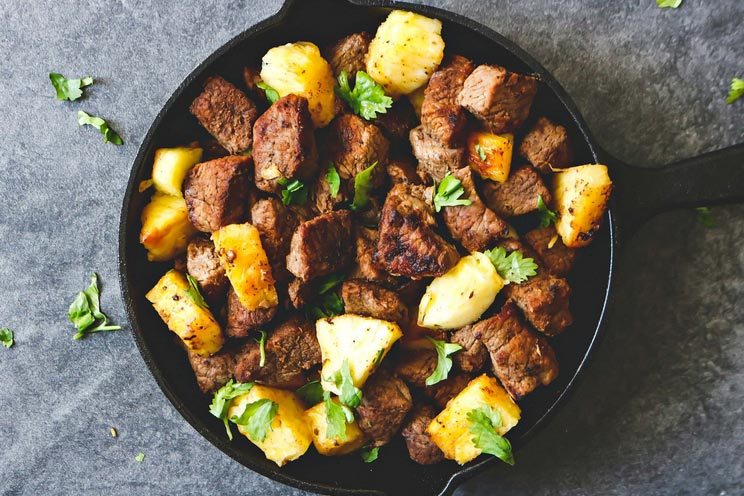
You’re in luck! That’s because beef – and specifically, steak – is actually loaded with vitamins and minerals such as vitamin B12, B6, iron, zinc, niacin, vitamin B5 (pantothenic acid), magnesium, phosphorus, and selenium. (24)
Learn how to cook the perfect steak here, or whip up mouthwatering pineapple steak bites.
14. Bok Choy
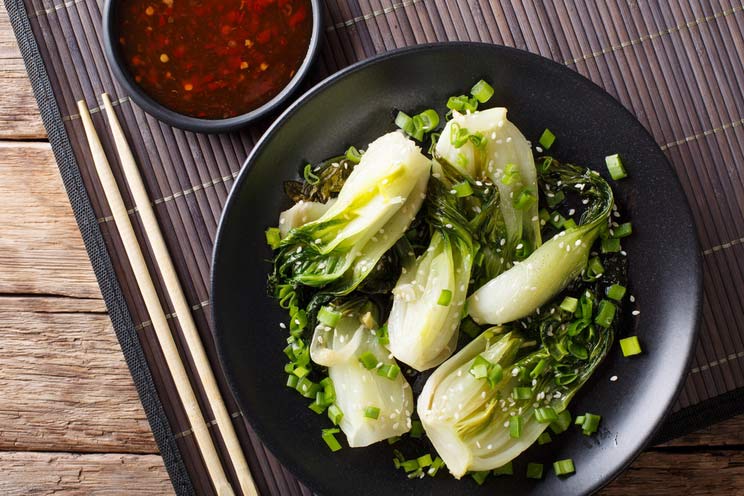
Many people forget about this Chinese cabbage in favor of traditional cabbage, but this tasty veggie should be at the top of your list if you’re looking for nutrient-dense vegetables. It’s packed with vitamins K, A, and C, as well as potassium, calcium, folate, and manganese. (25)
Sauté it as a side, or add it to soups and stews for a comforting dish.
15. Tomatoes

Tomatoes not only contain high levels of vitamin C, A, and K, but also the unique antioxidants lutein and lycopene. (26) Lutein has been shown to be highly beneficial for maintaining eye health, and lycopene can help protect your skin from UV radiation. (27, 28, 29)
Slice them up into a fresh salad to get in your daily dose of tomatoes, or make your own marinara sauce for your next batch of zucchini noodles.
The Bottom Line
Replacing “empty” calories from processed foods with nutrient-dense alternatives can help you address deficiencies to boost your health.
Instead of trying to add more foods on top of what you’re already eating, look for how much nutrition you’re getting out of a certain food, and try to find one that offers more. When it comes to food, choose quality over quantity.
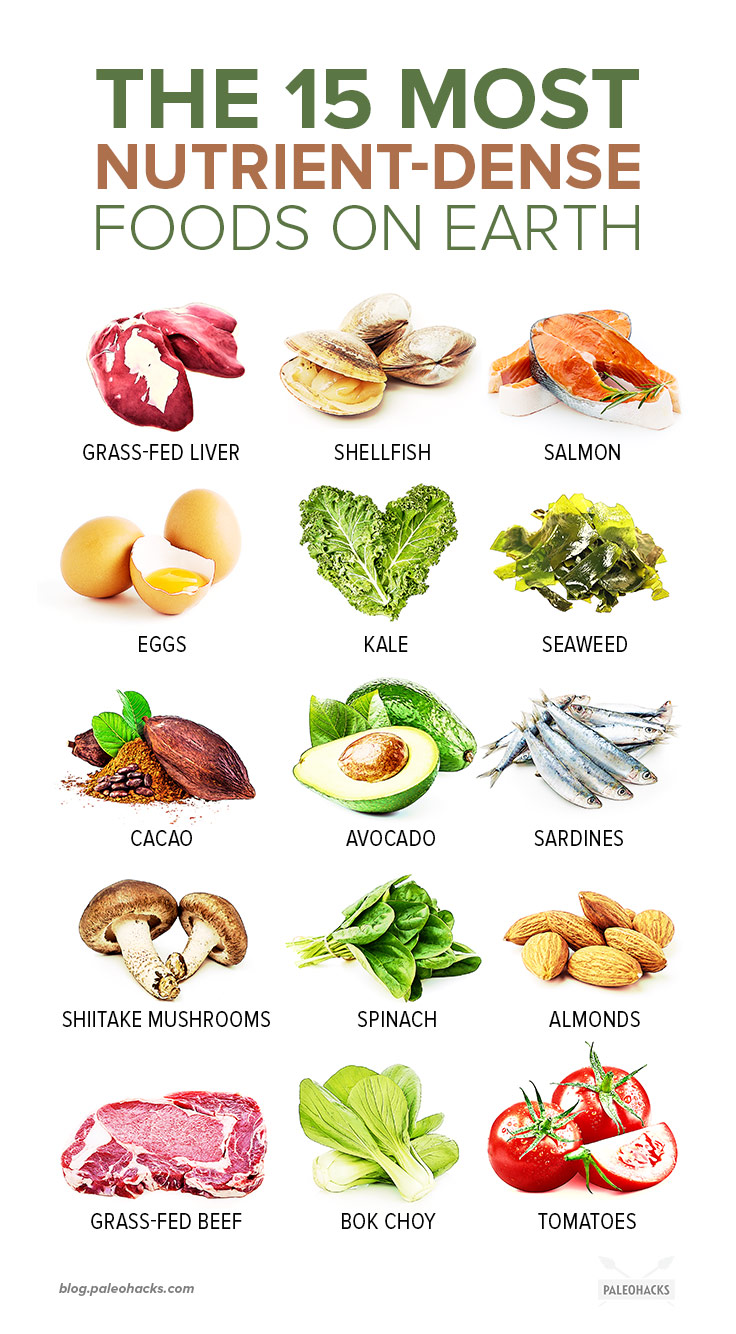
(Read This Next: A Nutritionist Lists 10 Fake “Healthy” Foods You’re Eating)


 8 Signs You’re Addicted to Sugar (and How to Overcome It)
8 Signs You’re Addicted to Sugar (and How to Overcome It)
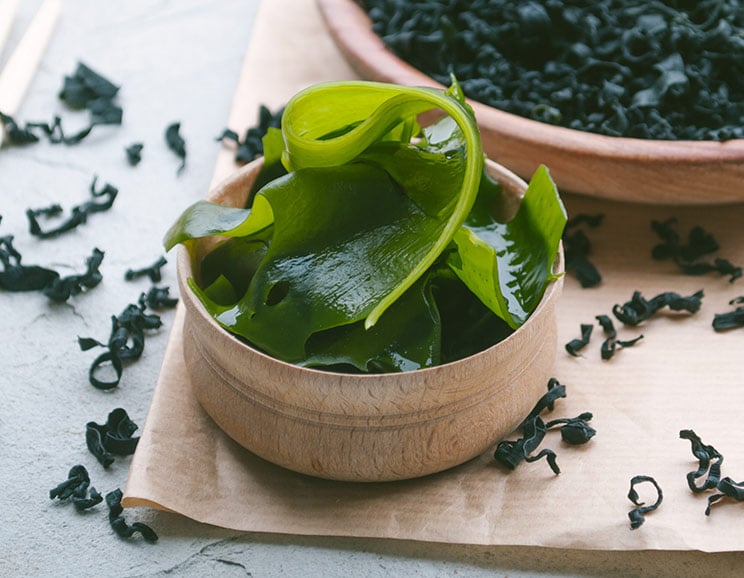
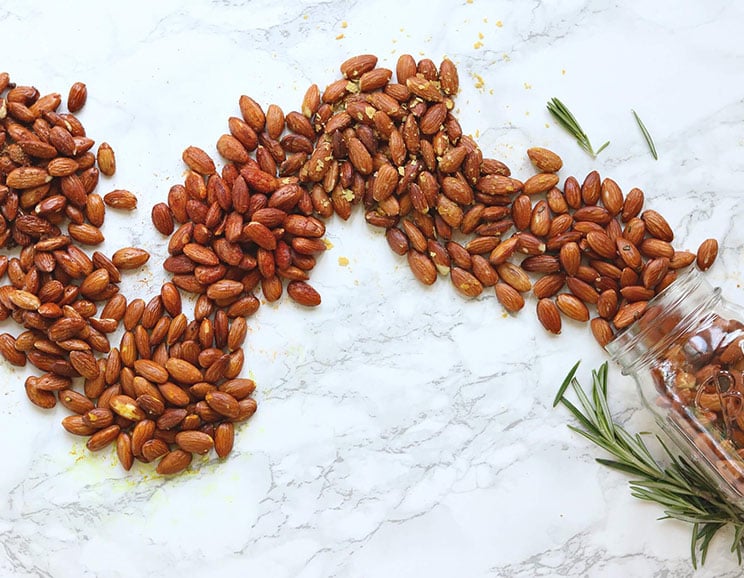
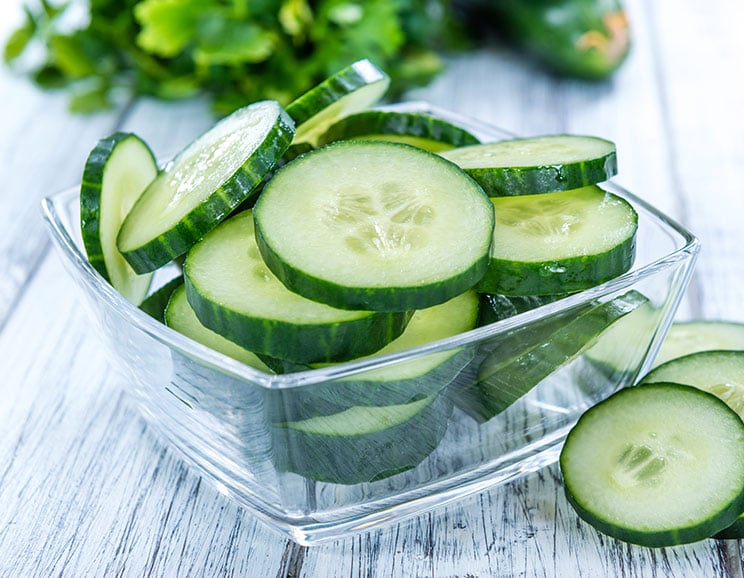



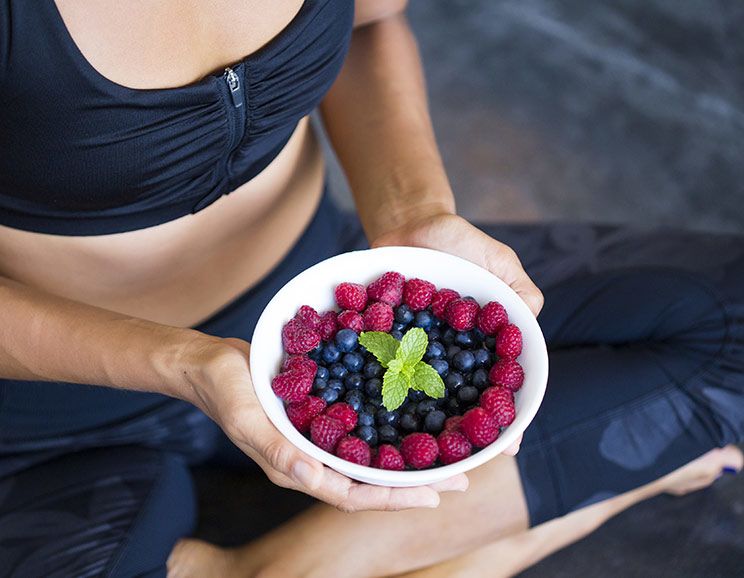
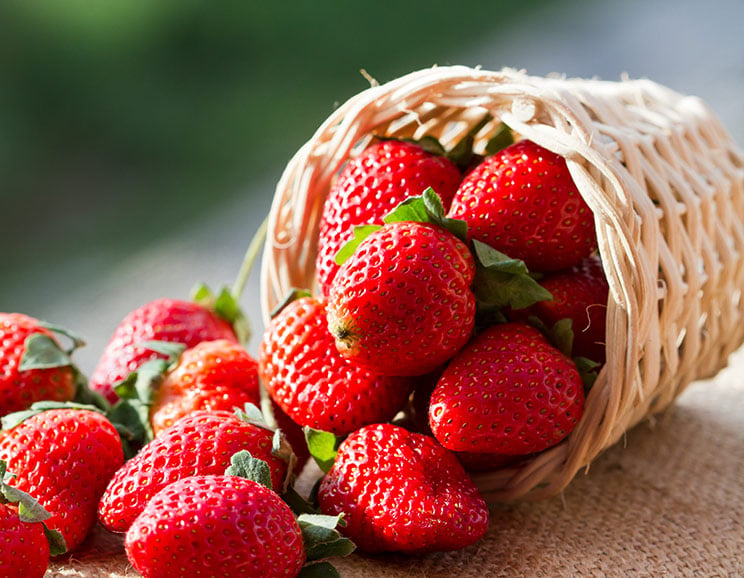
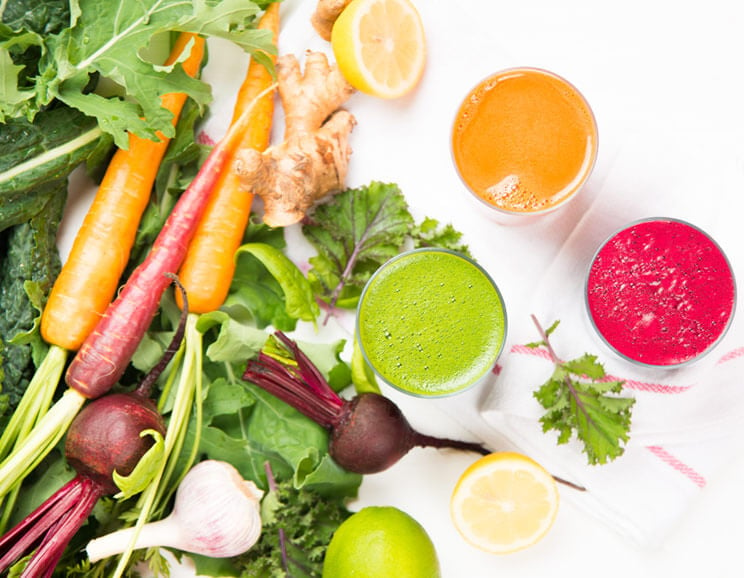
Show Comments